Now that we've heard from all 10 members of the Giants' 2020 draft class and let the selection process sink in, the Giants.com crew gives their overall takeaways.
John Schmeelk: It has been over a week since the 2020 NFL Draft concluded, and I've been trying to figure out a true theme for the Giants' draft class. Most years, enough threads can be connected to find some kind of story to be told about the class as a whole. The only theme for the 2020 class is that there is none.
Did the Giants focus on drafting players with superior measurables? They did get players with qualities that indicate they can play their positions at a high level, but for their first two picks, there were players on the board that had better combine numbers. Andrew Thomas' testing and measurements at the combine were in the upper echelon for his position (especially his 36-inch arms), but Tristan Wirfs and Jedrick Wills had better numbers. In the second round, there were a few safeties available with better testing numbers than Xavier McKinney.
So maybe the Giants focused mostly on production, and went strictly off the tape without projecting traits? Nope. In the third round, they selected Matt Peart, whose long arms and athletic testing at the combine is what gives him so much potential. The fact he played outside of the Power 5 conferences and has his best football ahead of him didn't stop the Giants from selecting him.
The Giants chose Darnay Holmes in the fourth round, a defensive back projected as a slot cornerback due to his 5-9 height. At UCLA he only played 79 snaps at nickel, while playing over 1,900 at outside cornerback. His traits and play at the Senior Bowl, however, allow the Giants to project him as a slot cornerback.
The Giants drafted a mix of seniors and underclassmen. While the players they drafted all seem to be of high-character, they weren't all team captains. Most of them have been described as tough, but that is something that is impossible to quantify with numbers. They drafted a mix of offensive and defensive players. Dave Gettleman went counter to his draft history and drafted no defensive linemen.
There are two common threads from player to player that seem to stand out to me. The first is availability. The Giants' first eight selections never played fewer than 10 games in a season during their college careers. They avoided major injuries and were always on the field. Often, the best predictor of future injuries is past injuries, and the Giants found players mostly with clean medical reports.
Also, the Giants seemed to focus on the pass game on both sides of the ball. While Thomas is an excellent run blocker, his long arms provide excellent pass protection potential. Peart's traits do as well. Those two players, along with the steady Shane Lemieux at guard, could be the future of the offensive line. There's nothing that helps a quarterback and the passing game more than a good offensive line.
McKinney can be used in a variety of ways in pass defense. Holmes has the potential to be a starting nickel cornerback one day. Chris Williamson could be a versatile piece to move around in the secondary. Cam Brown is a potential blitzer and Carter Coughlin is someone who can rush off the edge. The NFL game is more and more about the pass game, and the Giants seemed to make that a priority.
Overall, however, not having one dominant theme in a draft is good. It means a team is identifying the best player without any pre-existing biases. If that player is the best because of his performance and production, great. If the player taken is the best available because of his traits and potential, great. It's the true essence of taking the best available player. In a few years, everyone can judge if it was true or not for this class.
View photos of every roster addition made by the Giants this offseason.


OT Andrew Thomas
(AP Photo/John Bazemore, File)
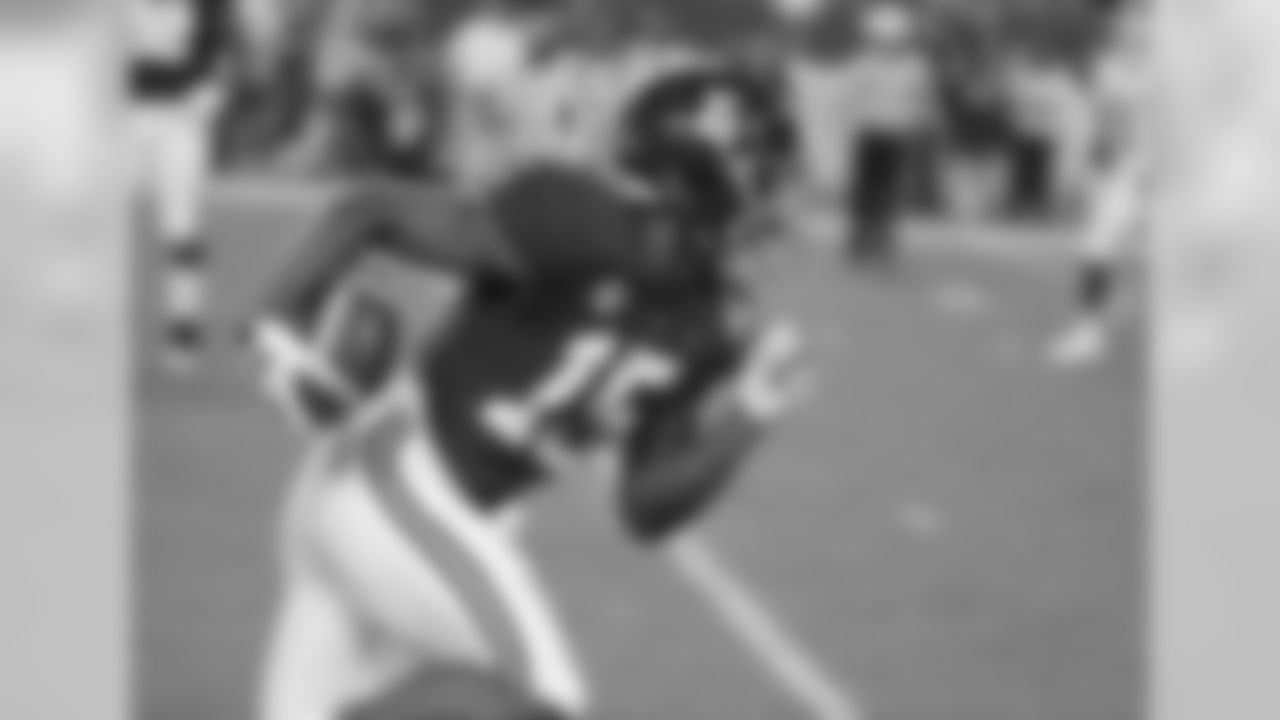
S Xavier McKinney
(AP Photo/Wilfredo Lee)

OT Matt Peart
(AP Photo/Phelan M. Ebenhack)

CB Darnay Holmes
(AP Photo/Rick Scuteri)

OL Shane Lemieux
(AP Photo/Rick Scuteri)

LB Cam Brown
(AP Photo/Doug McSchooler)

LB Carter Coughlin
(AP Photo/Michael Conroy)

LB T.J. Brunson
(AP Photo/Sean Rayford)

DB Chris Williamson
(AP Photo/Stacy Bengs)

LB Tae Crowder
(AP Photo/John Amis)

CB James Bradberry
(AP Photo/Brian Blanco)
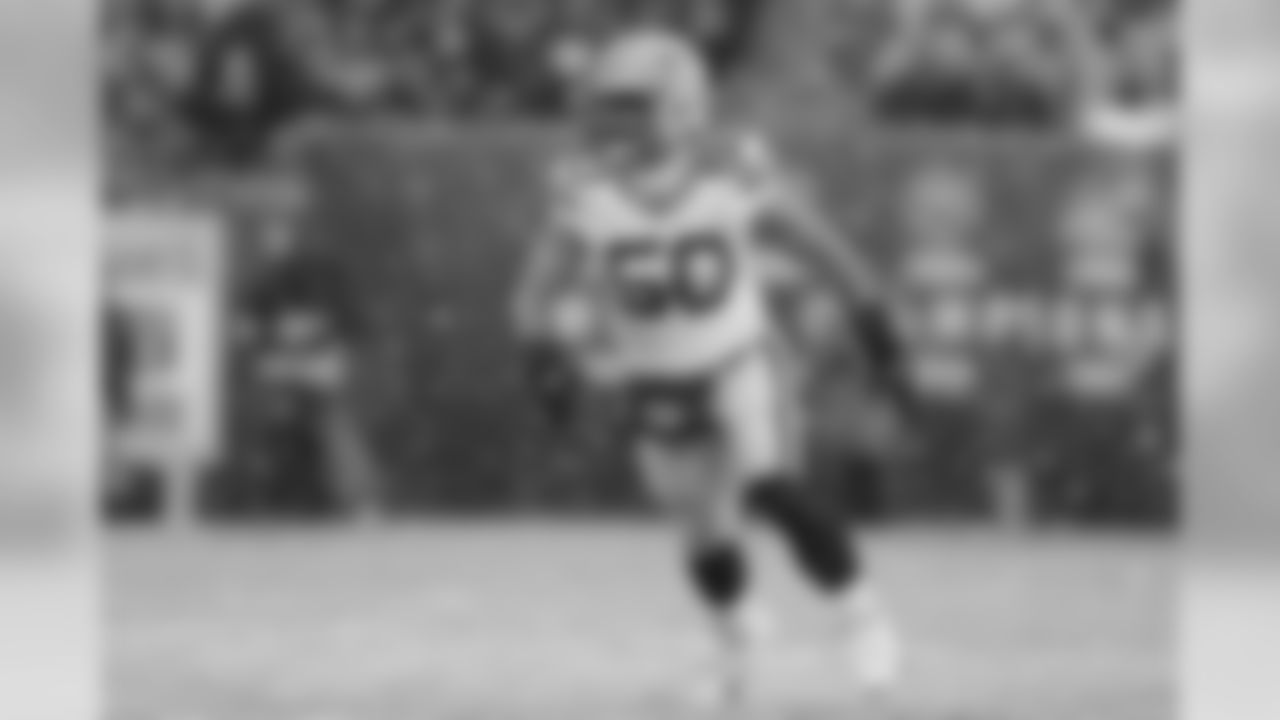
LB Blake Martinez
(AP Photo/Steve Luciano)

LB Kyler Fackrell
(AP Photo/Morry Gash)

OT Cam Fleming
(AP Photo/Michael Ainsworth)

RB Dion Lewis
(AP Photo/James Kenney)

LS Casey Kreiter
(AP Photo/David Zalubowski)

DL Austin Johnson
(AP Photo/James Kenney)

S Nate Ebner
(Ryan Kang via AP)

QB Colt McCoy
(AP Photo/Nick Wass)
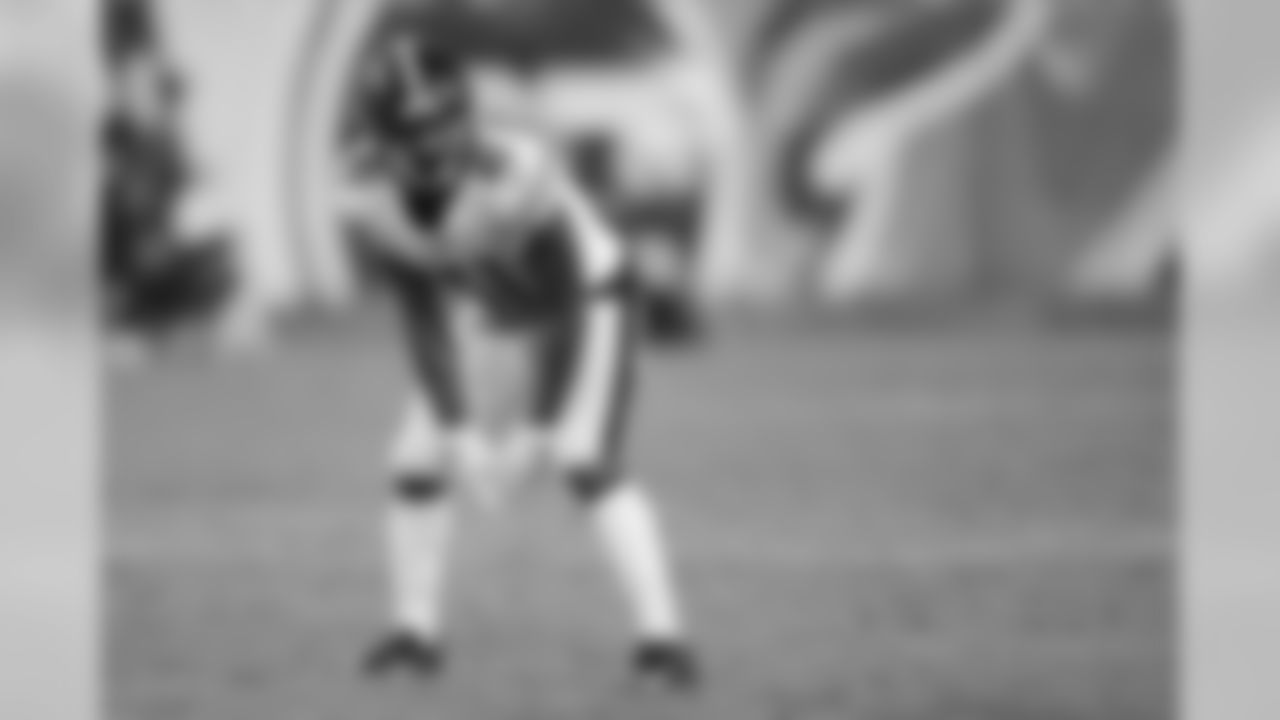
DB Dravon Askew-Henry
(AP Photo/James Kenney)

K Chandler Catanzaro

TE Levine Toilolo
(AP Photo/Tony Avelar)

S Montre Hartage
(AP Photo/Butch Dill)

Dallas Cowboys quarterback Cooper Rush (7) passes during an NFL football game against the San Francisco 49ers, Saturday, Aug. 10, 2019 in Santa Clara, Calif. The 49ers defeated the Cowboys 17-9. (Greg Trott via AP)

S Jaquarius Landrews
(AP Photo/Rogelio V. Solis)

RB Javon Leake
(AP Photo/Chris Szagola)

WR Austin Mack
(AP Photo/Jay LaPrete)

T Kyle Murphy
(AP Photo/Michael Conroy)

WR Derrick Dillon
(AP Photo/Ross D. Franklin)

WR Binjimen Victor
(AP Photo/Michael Conroy)

TE Kyle Markway
(AP Photo/Sean Rayford)

OLB Dominique Ross
(AP Photo/Gerry Broome)

DE Dana Levine
(AP Photo/Chris O'Meara)

DE Oluwole Betiku
(AP Photo/Holly Hart)

OT Tyler Haycraft (60)
(AP Photo/Mark Humphrey)

QB Case Cookus, Northern Arizona


DB Malcolm Elmore, Central Methodist

DE Niko Lalos, Dartmouth

TE Rysen John

DB Dravon Askew-Henry
(Ryan Kang via AP)

DB Dravon Askew-Henry
(Joe Robbins via AP)

DB Dravon Askew-Henry
(AP Photo/Barry Reeger)

DB Dravon Askew-Henry
(Ryan Kang via AP)

LS Casey Kreiter
(AP Photo/Rick Scuteri)

LS Casey Kreiter
(AP Photo/Jack Dempsey)

LS Casey Kreiter
(AP Photo/David Zalubowski)

LS Casey Kreiter
(AP Photo/Jack Dempsey)

DL Austin Johnson
(Scott Boehm via AP)

DL Austin Johnson
(AP Photo/Michael Ainsworth)
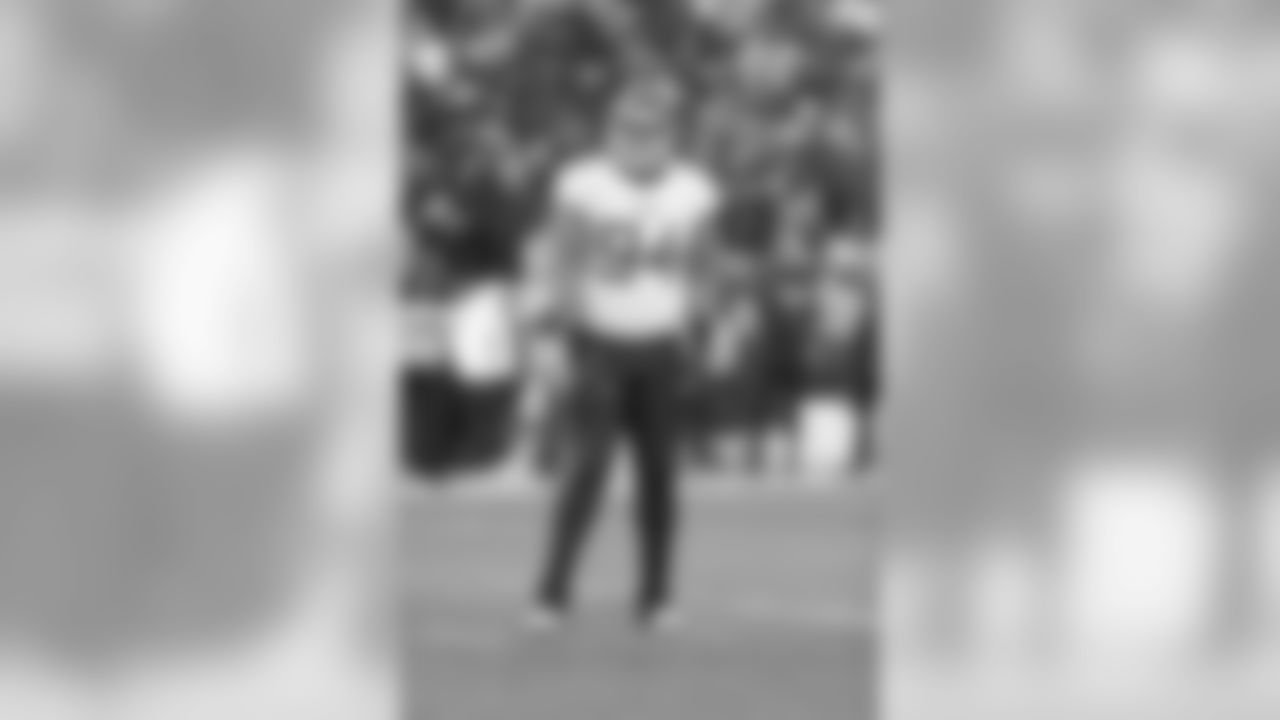
DL Austin Johnson
(Scott Boehm via AP)

DL Austin Johnson
(Paul Spinelli via AP)

RB Dion Lewis
(AP Photo/Ed Zurga)

RB Dion Lewis
(AP Photo/Mark Zaleski)

RB Dion Lewis
(AP Photo/James Kenney)

RB Dion Lewis
(AP Photo/Brian Blanco)

QB Colt McCoy
(AP Photo/Michael Ainsworth)

QB Colt McCoy
(AP Photo/Nick Wass)

QB Colt McCoy
(AP Photo/Nick Wass)

QB Colt McCoy
(AP Photo/Nick Wass)

S Nate Ebner
(AP Photo/Charles Krupa)

S Nate Ebner
(AP Photo/Aaron M. Sprecher)

S Nate Ebner
(AP Photo/Steven Senne)

S Nate Ebner
(Al Tielemans via AP)

OT Cam Fleming
(AP Photo/Josie Lepe)

OT Cam Fleming
(AP Photo/Roger Steinman)

OT Cam Fleming
(AP Photo/Roger Steinman)

OT Cam Fleming
(AP Photo/Josie Lepe)

OLB Kyler Fackrell
(AP Photo/Charles Rex Arbogast, File)

LB Kyler Fackrell
(AP Photo/Bill Kostroun)

OLB Kyler Fackrell
(Scott Boehm via AP)

LB Kyler Fackrell
(AP Photo/Elaine Thompson)

CB James Bradberry
(AP Photo/Mike McCarn)
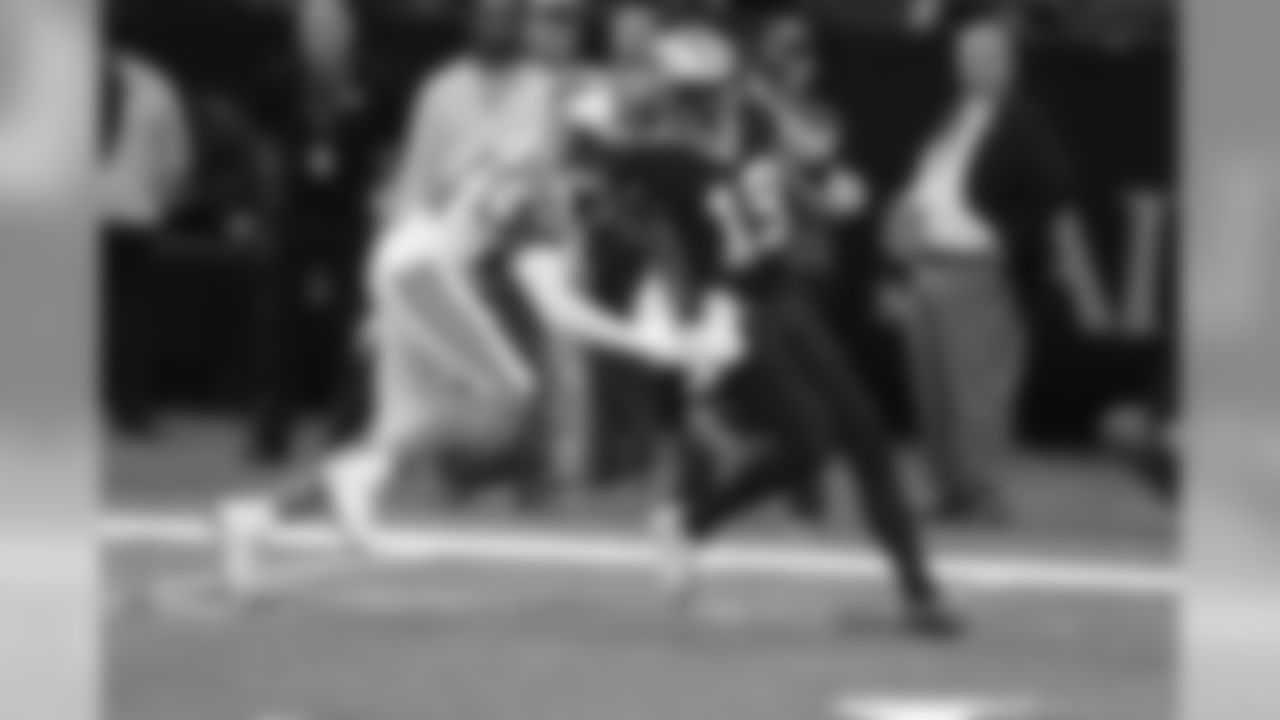
CB James Bradberry
(AP Photo/Butch Dill)

CB James Bradberry
(AP Photo/Brian Blanco)

CB James Bradberry
(AP Photo/Charles Krupa)

LB Blake Martinez
(AP Photo/Rick Osentoski)

LB Blake Martinez
(AP Photo/Duane Burleson)

LB Blake Martinez
(Ryan Kang via AP)

LB Blake Martinez
(Aaron M. Sprecher via AP)

TE Levine Toilolo
(G. Newman Lowrance via AP)

TE Levine Toilolo
(Kevin Terrell via AP)

TE Levine Toilolo (Greg Trott via AP)

TE Levine Toilolo (Kevin Terrell via AP)

S Montre Hartage
(Logan Bowles via AP)

S Montre Hartage
(Logan Bowles via AP)

S Montre Hartage
(AP Photo/Lynne Sladky)

S Montre Hartage
(Logan Bowles via AP)

Dallas Cowboys quarterback Cooper Rush (7) in the first half during an NFL football game against the Philadelphia Eagles, Sunday, Oct. 20, 2019, in Arlington, Texas. (Rick Scuteri via AP)

Dallas Cowboys quarterback Cooper Rush (7) tosses a pass during pregame of an NFL football game against the Detroit Lions, Sunday, Nov. 17, 2019, in Detroit. (AP Photo/Duane Burleson)

Dallas Cowboys quarterback Cooper Rush (7) rolls out to pass during a NFL football game against the Houston Texans, Saturday, Aug. 24, 2019 in Arlington, Tex. The Cowboys won the game 34-0. (Paul Jasienski via AP)

Dallas Cowboys quarterback Cooper Rush (7) scrambles up the middle during a 2019 NFL week 2 preseason game against the Los Angeles Rams, Saturday, August 17, 2019 in Honolulu. The Cowboys defeated the Rams, 14-10. (James D. Smith via AP)

OT Andrew Thomas
(AP Photo/John Amis)

OT Andrew Thomas
(AP Photo/John Bazemore)

OT Andrew Thomas
(AP Photo/Mark Humphrey, File)
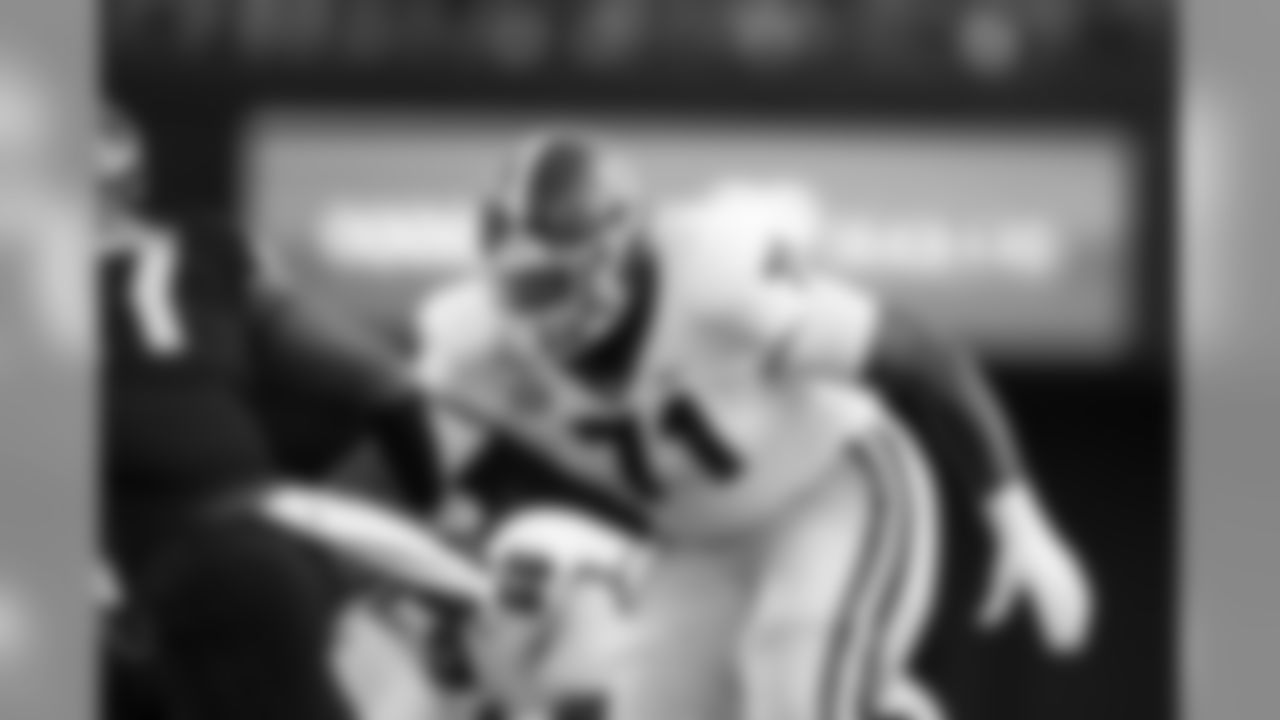
OT Andrew Thomas
(AP Photo/Brett Carlsen)

S Xavier McKinney
(AP Photo/Vasha Hunt)

S Xavier McKinney
(AP Photo/Sam Craft, File)

S Xavier McKinney
(AP Photo/Marvin Gentry)

S Xavier McKinney
(AP Photo/Richard Shiro)

OT Matt Peart
(AP Photo/Phelan M. Ebenhack)

OT Matt Peart
(AP Photo/Stephen Dunn)

OT Matt Peart
(AP Photo/Phelan M. Ebenhack)
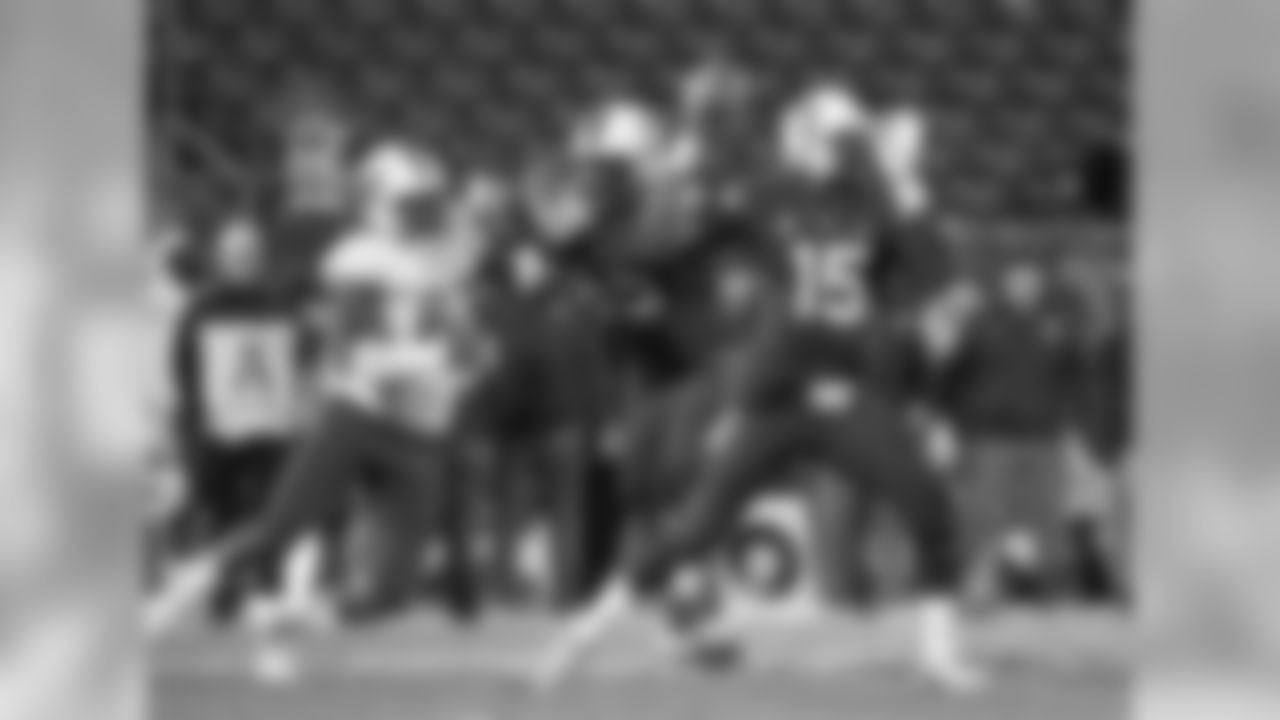
OT Matt Peart
(AP Photo/Mary Schwalm)

CB Darnay Holmes
(AP Photo/Rick Scuteri)

CB Darnay Holmes
(AP Photo/Rick Scuteri)

CB Darnay Holmes
(AP Photo/Mark J. Terrill)

CB Darnay Holmes
(AP Photo/Marcio Jose Sanchez)

OL Shane Lemieux
(AP Photo/Tony Avelar, File)

OL Shane Lemieux
(AP Photo/Rick Scuteri, File)

OL Shane Lemieux
(AP Photo/Tony Avelar)

OL Shane Lemieux
(AP Photo/Tony Avelar, File)

LB Cam Brown
(AP Photo/Barry Reeger)

LB Cam Brown
(AP Photo/Gene J. Puskar)

LB Cam Brown
(AP Photo/Chris Knight)

LB Cam Brown
(AP Photo/Chris Knight)
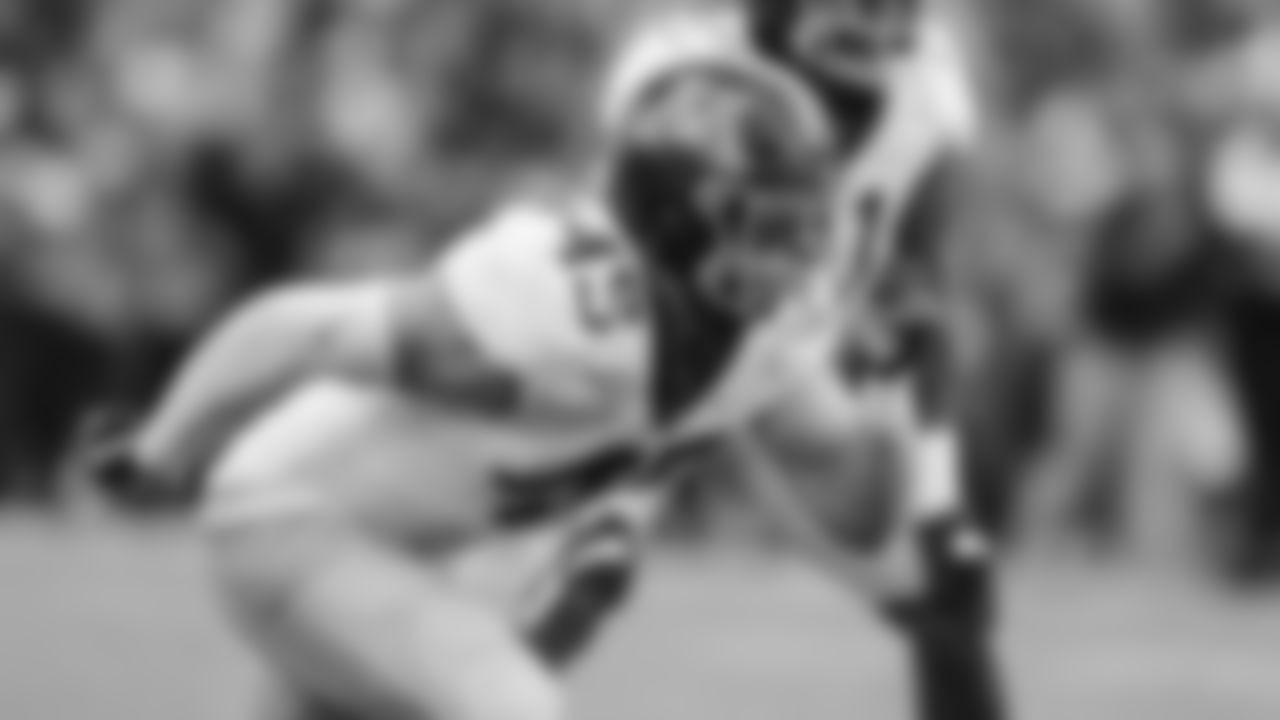
LB Carter Coughlin
(AP Photo/Michael Conroy)

LB Carter Coughlin
(AP Photo/Michael Conroy)
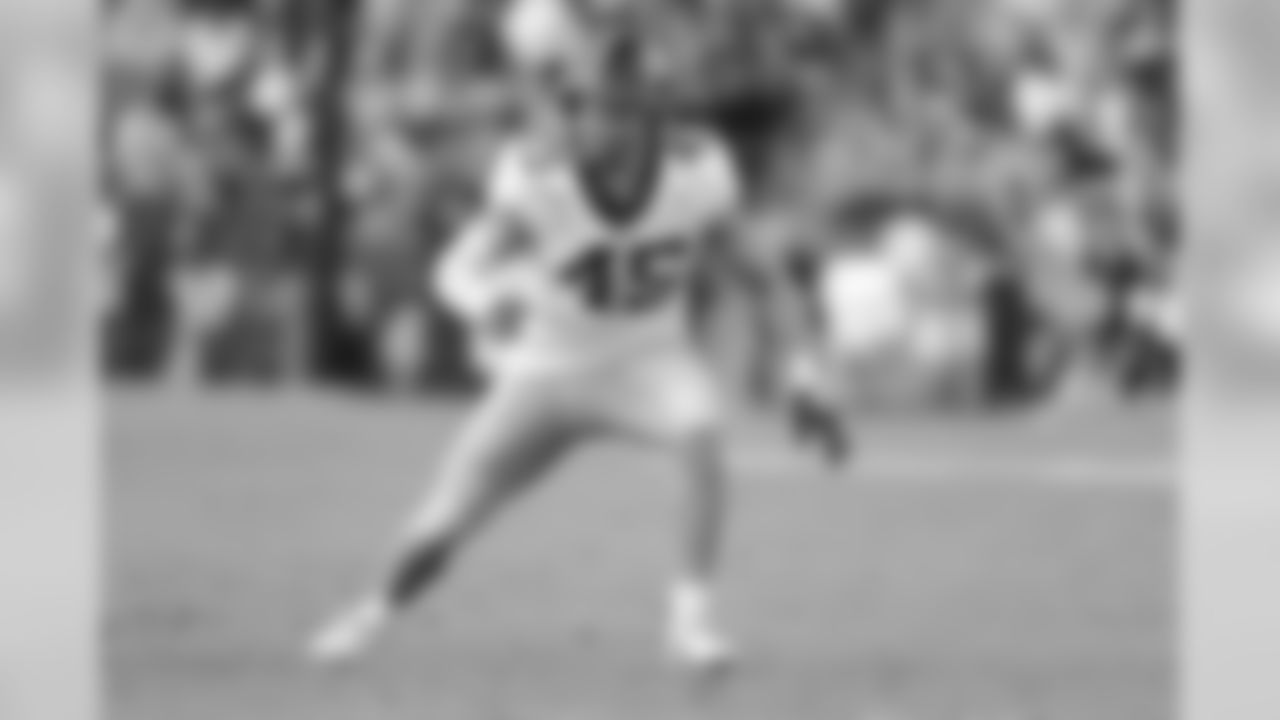
LB Carter Coughlin
(AP Photo/Michael Conroy)

LB Carter Coughlin
(AP Photo/Stacy Bengs)

LB T.J. Brunson
(AP Photo/Sean Rayford)

LB T.J. Brunson
(AP Photo/Sean Rayford, File)
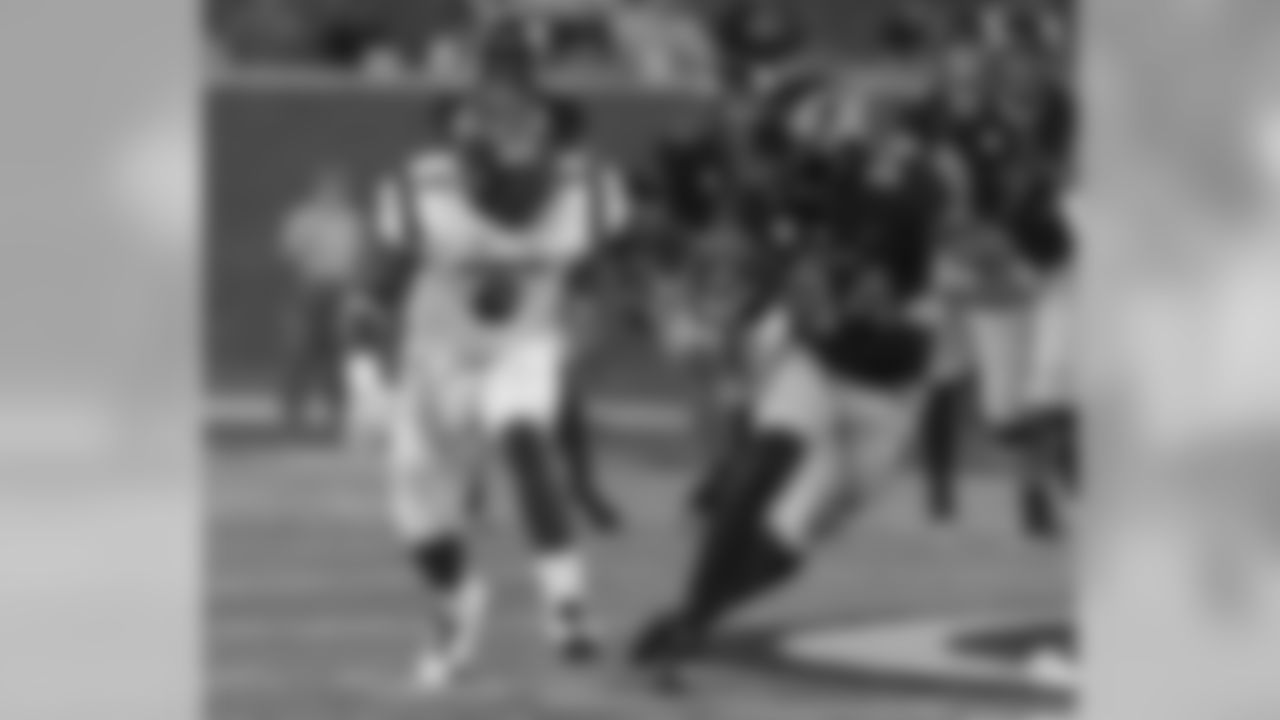
LB T.J. Brunson
(AP Photo/L.G. Patterson)

LB T.J. Brunson
(AP Photo/John Raoux)

DB Chris Williamson
(AP Photo/Stacy Bengs)

DB Chris Williamson (AP Photo/Stacy Bengs)
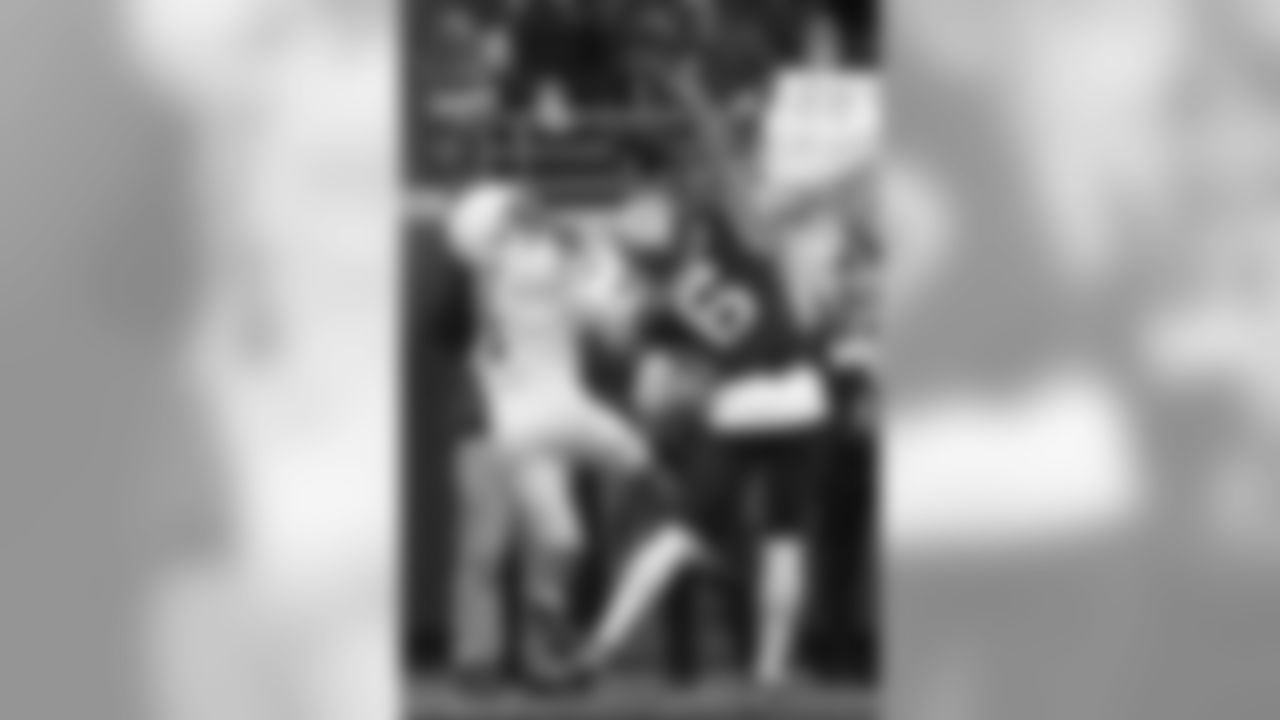
DB Chris Williamson
(AP Photo/Stacy Bengs)
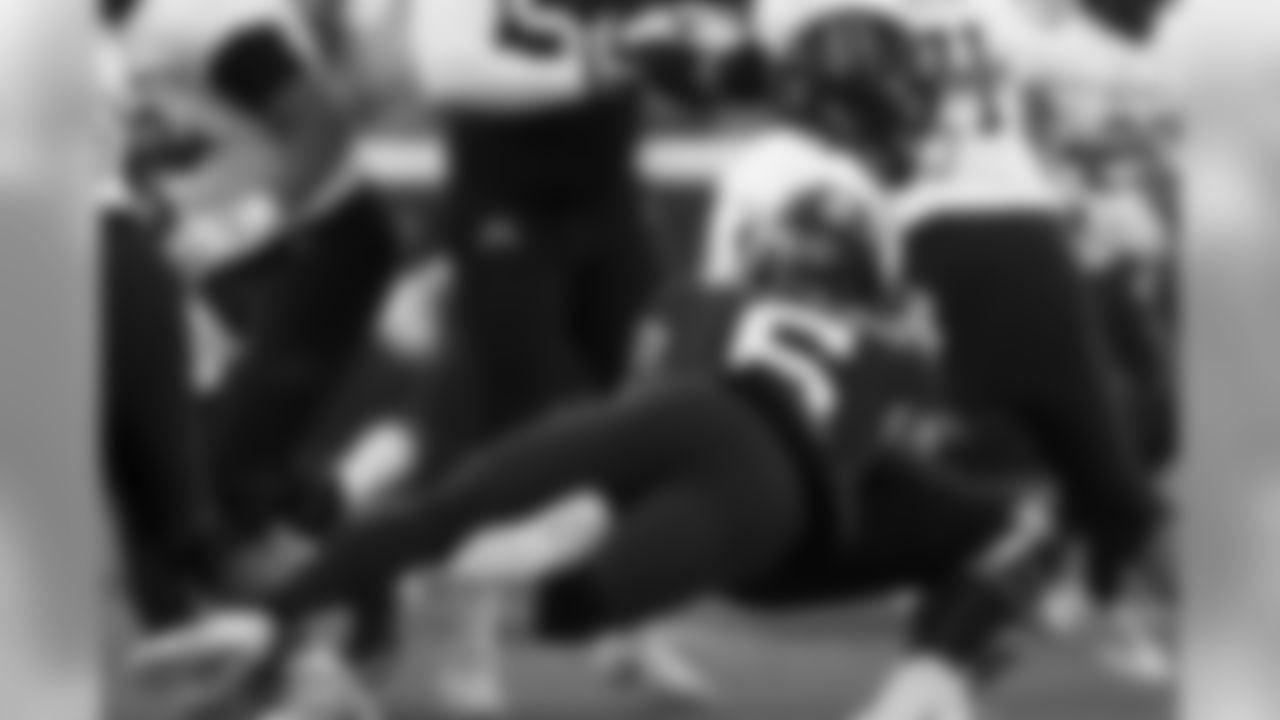
DB Chris Williamson
(AP Photo/Stacy Bengs)

LB Tae Crowder
(AP Photo/Bill Feig)

LB Tae Crowder
(AP Photo/Mike Stewart)
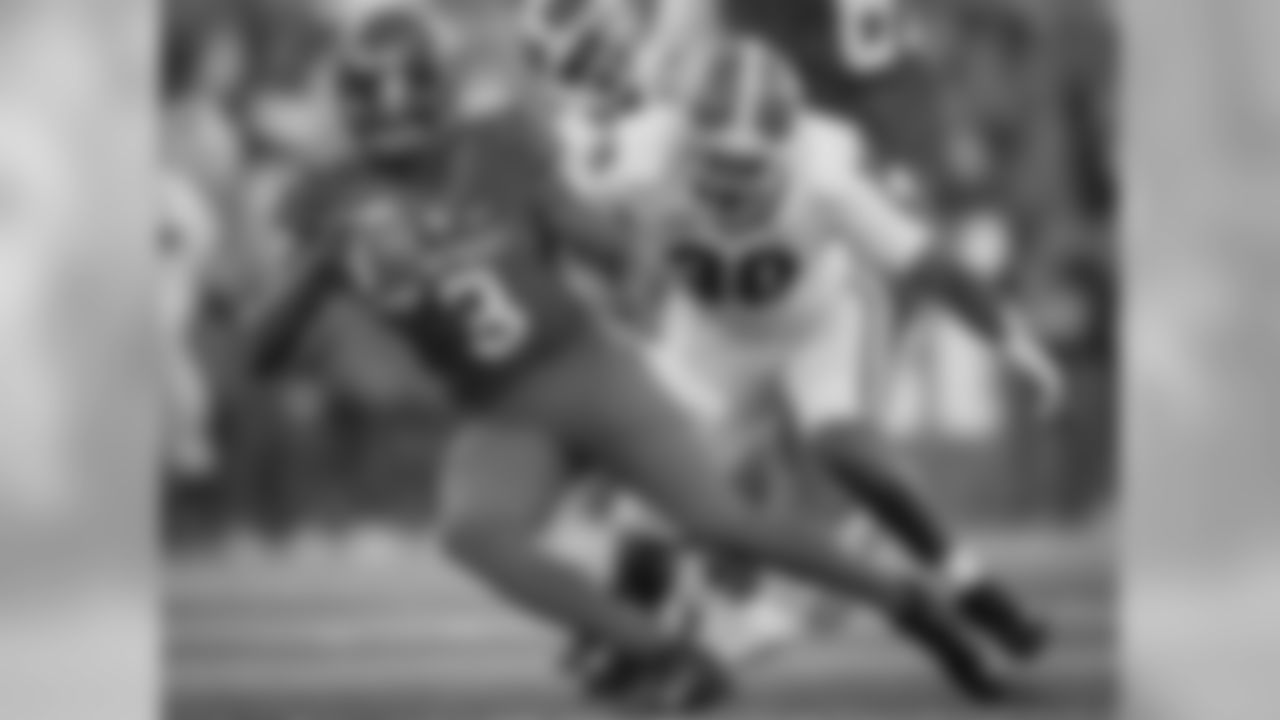
LB Tae Crowder
(AP Photo/Bryan Woolston)

LB Tae Crowder
(AP Photo/John Amis)

S Jaquarius Landrews
(AP Photo/Rogelio V. Solis)

S Jaquarius Landrews
(AP Photo/Rogelio V. Solis)

S Jaquarius Landrews
(AP Photo/Mark Humphrey)

S Jaquarius Landrews
(AP Photo/Rogelio V. Solis)

RB Javon Leake
(AP Photo/Nick Wass)
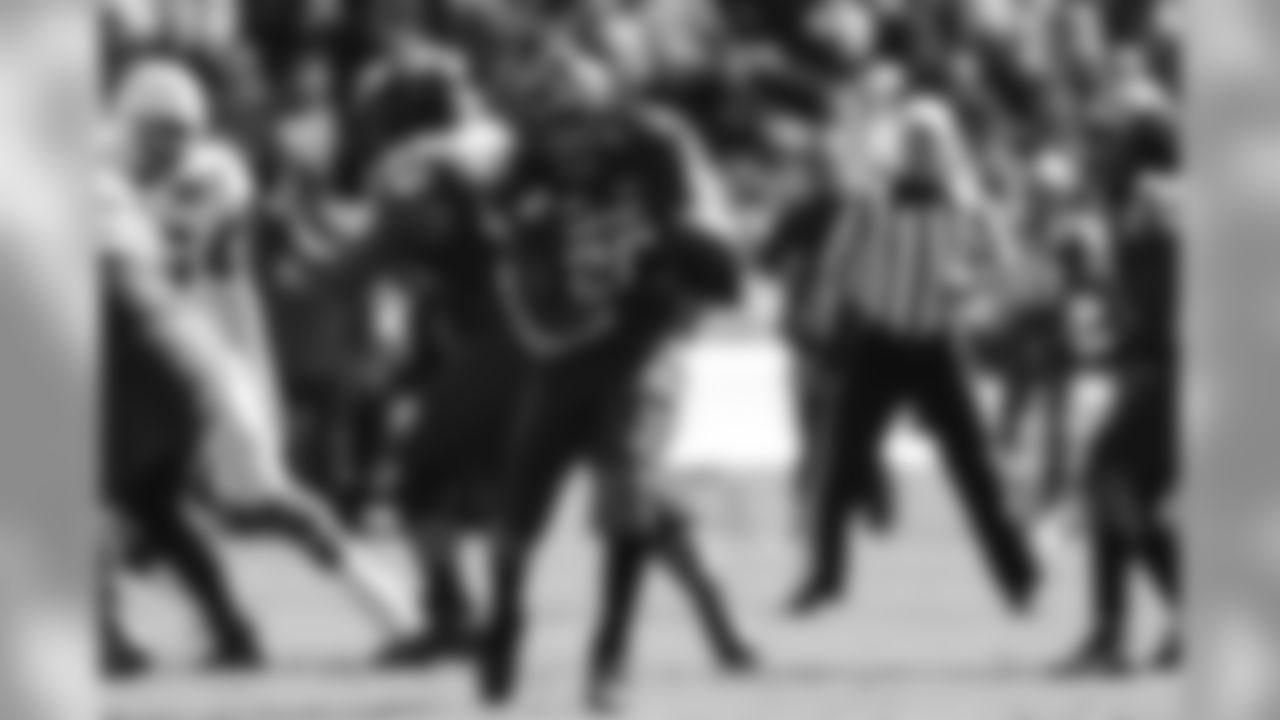
RB Javon Leake
(AP Photo/Michael Conroy)
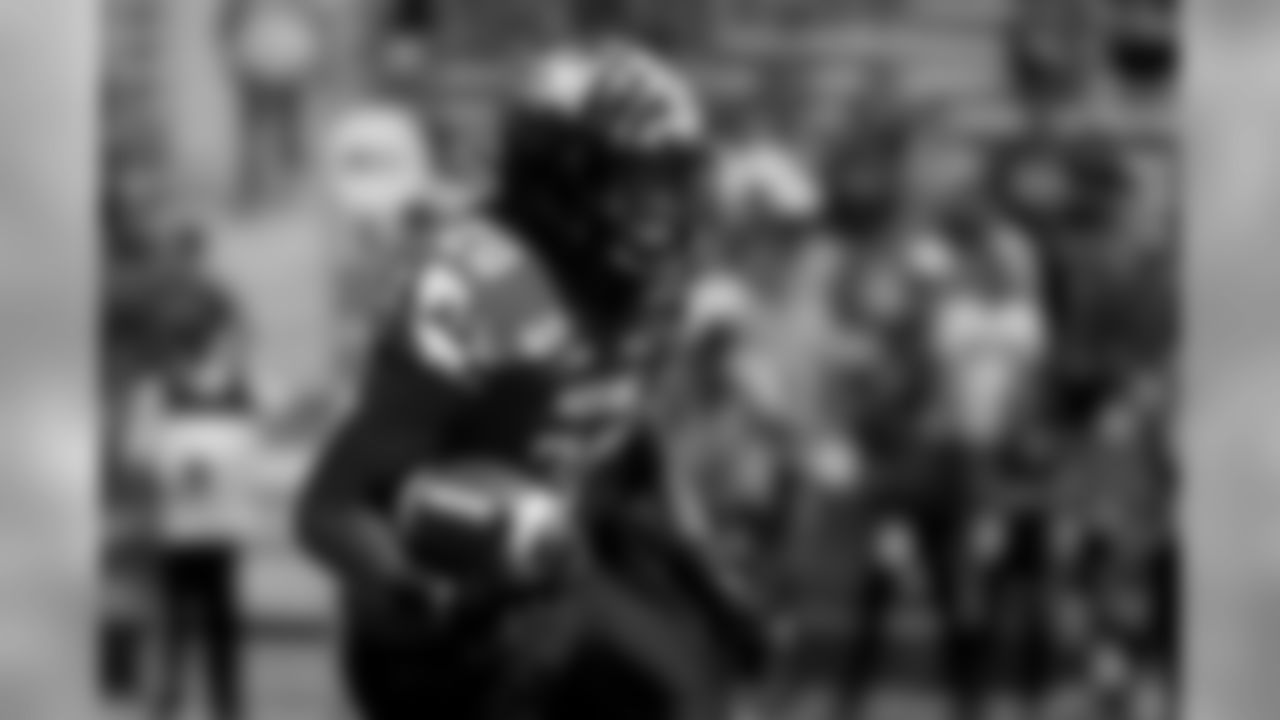
RB Javon Leake
(AP Photo/Will Newton)

RB Javon Leake
(AP Photo/Doug McSchooler)

WR Austin Mack
(AP Photo/Paul Sancya)

WR Austin Mack
(AP Photo/Charles Rex Arbogast)

WR Austin Mack
(AP Photo/Jay LaPrete)
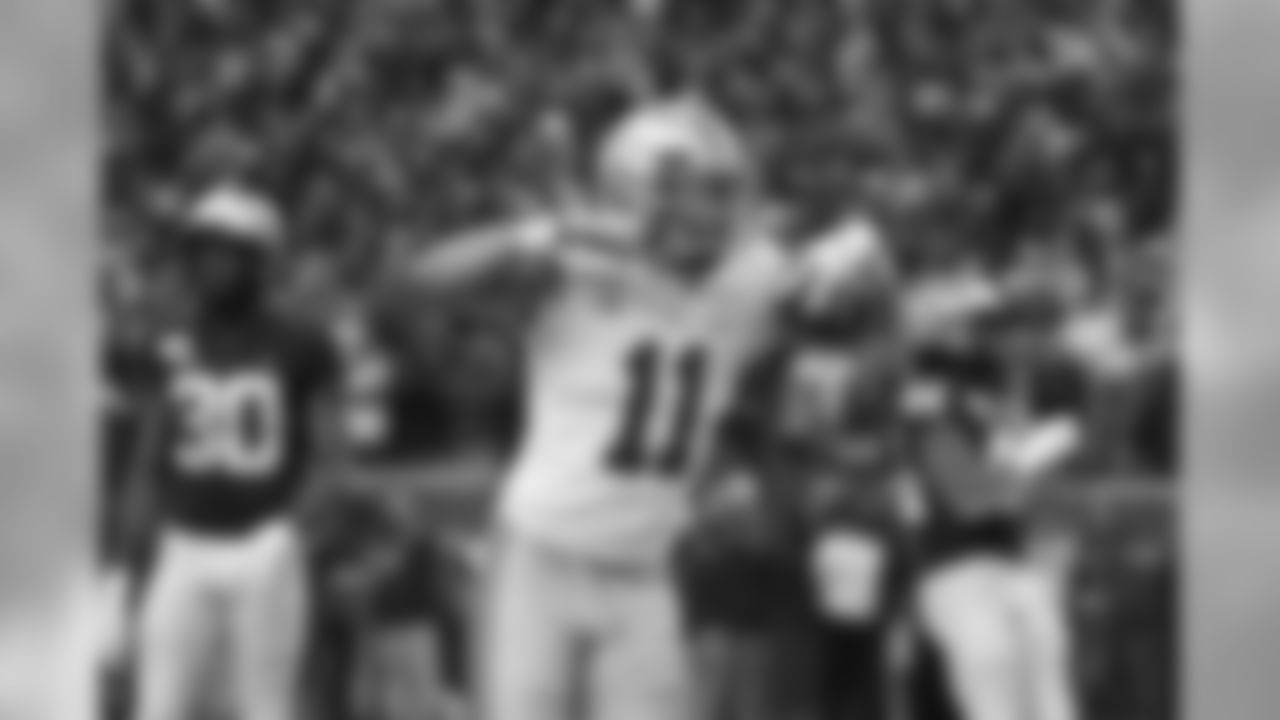
WR Austin Mack
(AP Photo/Paul Sancya)

T Kyle Murphy
(AP Photo/Charlie Neibergall)

T Kyle Murphy
(AP Photo/Charlie Neibergall)

T Kyle Murphy
(AP Photo/Michael Conroy)

T Kyle Murphy
(AP Photo/Charlie Neibergall)

WR Derrick Dillon
(AP Photo/Gerald Herbert)

WR Derrick Dillon
(AP Photo/Rick Scuteri)

WR Derrick Dillon
(AP Photo/Rick Scuteri)
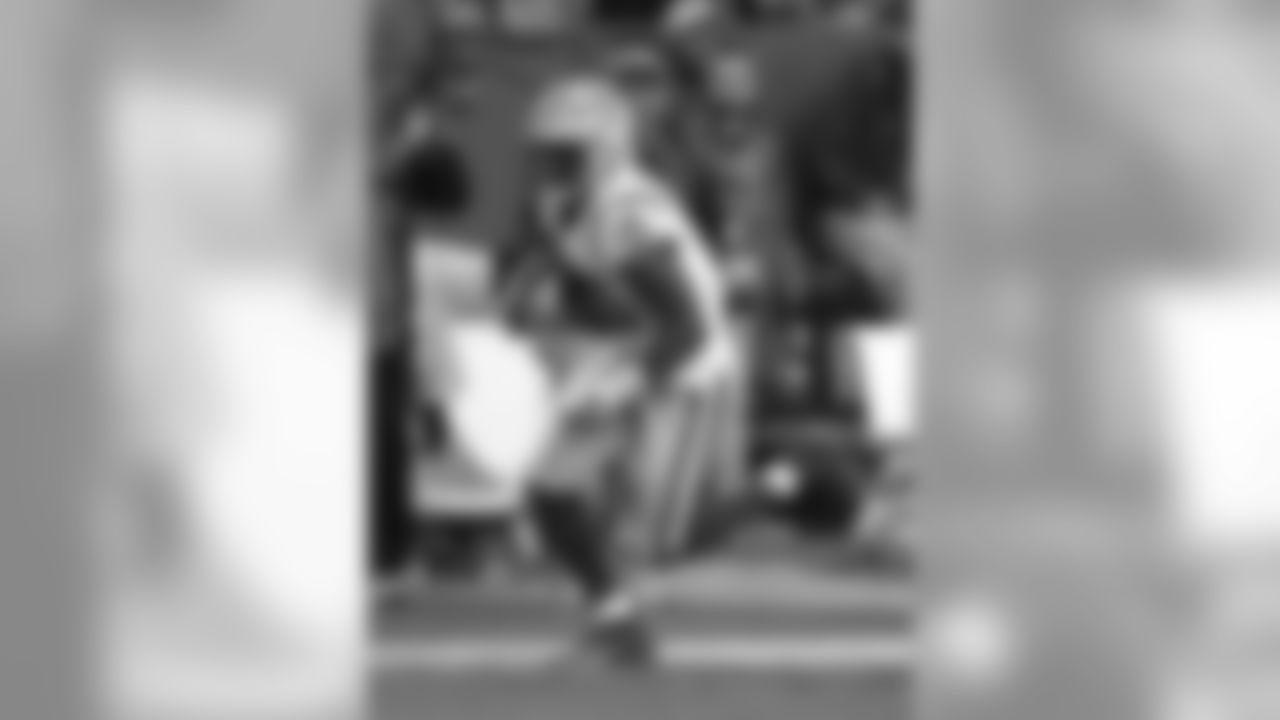
WR Derrick Dillon
(AP Photo/Rick Scuteri)

WR Binjimen Victor
(AP Photo/Jay LaPrete)

WR Binjimen Victor
(AP Photo/AJ Mast)
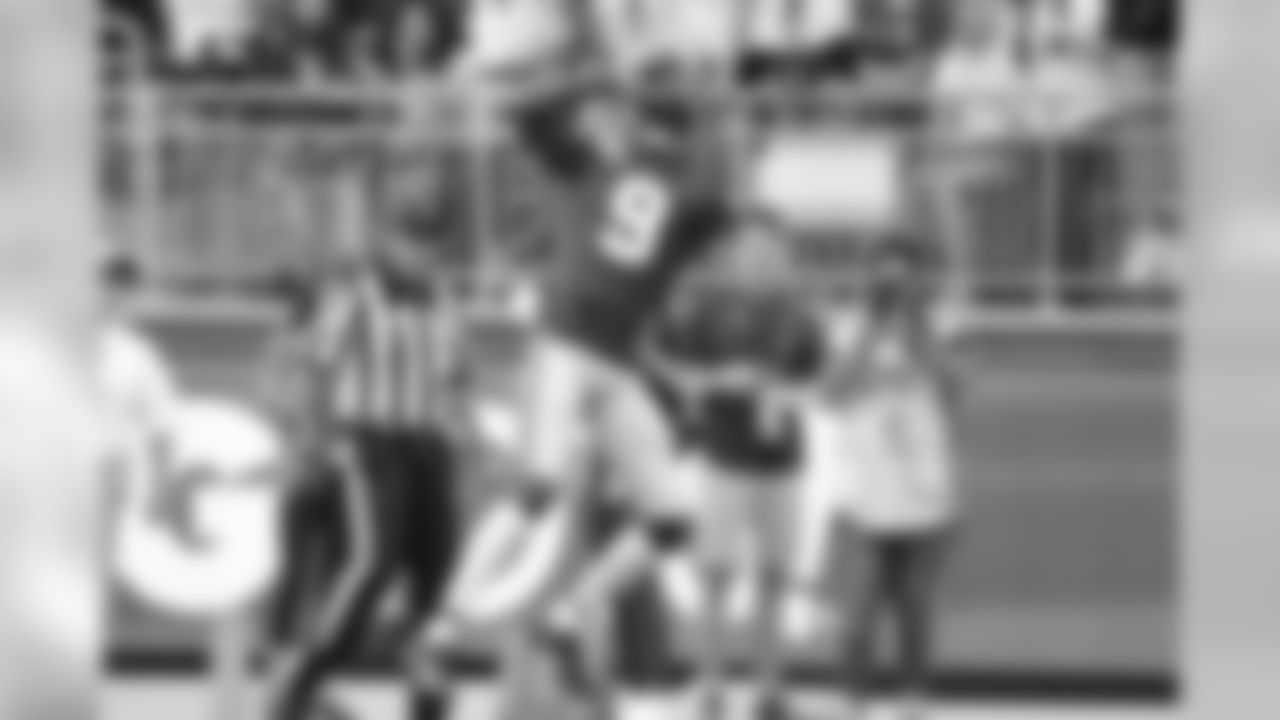
WR Binjimen Victor
(AP Photo/Paul Vernon)

WR Binjimen Victor
(AP Photo/Jay LaPrete)

TE Kyle Markway
(AP Photo/Sean Rayford)
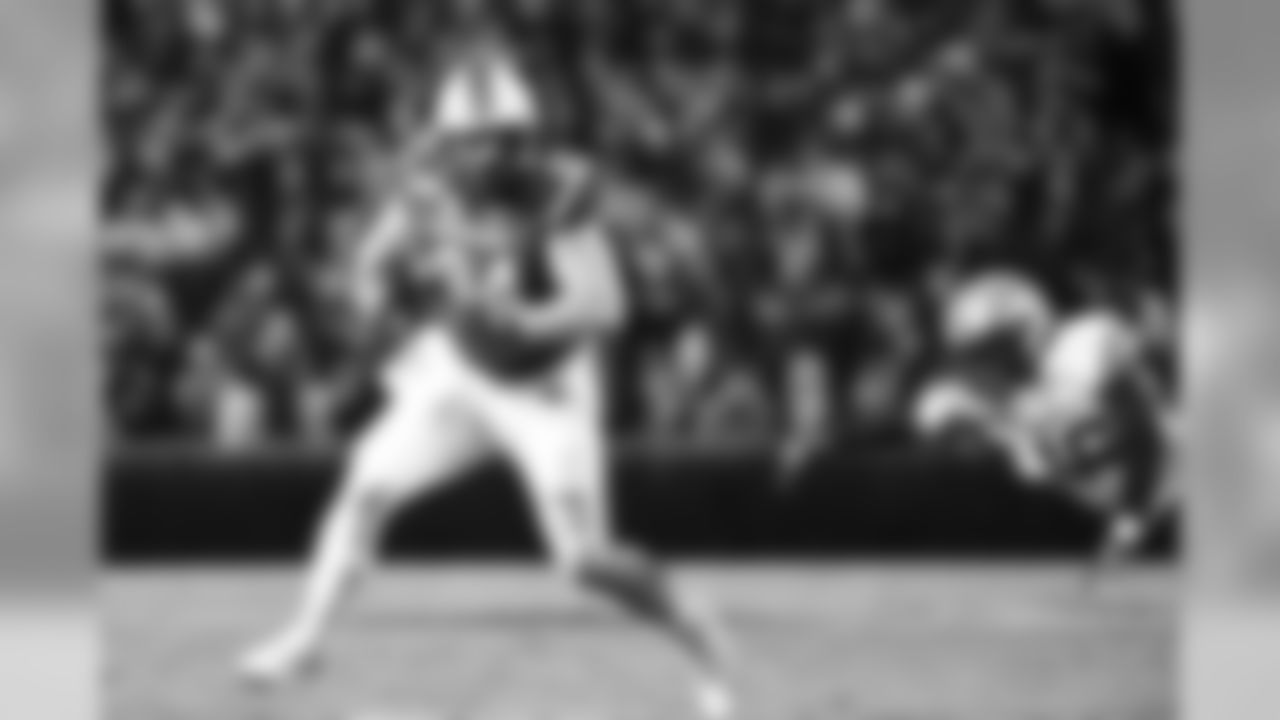
TE Kyle Markway
(AP Photo/Sean Rayford)

TE Kyle Markway
(AP Photo/Wade Payne)

TE Kyle Markway
(AP Photo/Wade Payne)

LB Dominique Ross
(AP Photo/Ben McKeown)

OLB Dominique Ross
(AP Photo/Karl B DeBlaker)

OLB Dominique Ross
(AP Photo/Gerry Broome)

DE Dana Levine
(AP Photo/Julio Cortez)
Dan Salomone: The Giants entered the 2020 NFL Draft with 10 picks and used all of them. That simple fact should not be overlooked. First, it meant the Giants were unwilling to mortgage future drafts to trade up in any of the seven rounds. They are building this roster brick by brick, as opposed to finding a quick fix in the draft or free agency.
"You don't build the Empire State Building by washing the windows," Joe Judge said at his introductory press conference in January. "You build it with the foundation and work it on up."
That leads into the other reason why the Giants held onto all of their picks. Think about it. Between the draft selections and undrafted rookie free agents, the Giants have 26 players with no NFL experience – and that's not a bad thing. That's 26 players with no bad habits; that's 26 pieces of fresh clay to mold.
"I love that our team is a young team," Judge said back at the NFL Scouting Combine, even before they added all of these new players. "I love that they're a young team and that we can develop this team. That's a strength. That's a much bigger strength than people understand because it gives you time to work with guys and time to mold guys. All these guys come out in the draft, their best advantage is they're young. They have young legs and are impressionable. That's critical. That's critical. You want to have a team that you can coach and mold to be a team. Right now, we have a young team. I think that's important."
Another theme that kept jumping out to me as the draft unfolded round by round was the same one I had for the coaching staff and free agents: These guys are pretty smart. Once you hear a name go off the board, the first thing you do is look at the player's college bio. There, you see Matt Peart was part of a scholars program that led him to attend The Governor's Academy, the oldest boarding school in New England. Then you read about how Darnay Holmes is an active chess player who uses it to train his mind. It worked on and off the field as he graduated from UCLA in less than three years. Shane Lemieux was a three-time Pac-12 All-Academic honorable mention selection. Carter Coughlin was a three-time Academic All-Big Ten selection. Each time I came across these notes, I went, "OK, that's why they liked him."
Now they will play for an offensive coordinator who went to Princeton and a defensive coordinator from Yale.
Lance Medow: After the Giants selected Andrew Thomas with the fourth overall pick, Dave Gettleman said, "We want to fix this offensive line once and for all." What followed throughout the rest of the draft supported that claim. If everything aligns correctly, it's possible Thomas and third-round pick Matt Peart could be the bookends of the offensive line not just in the short-term but for the long-term as well. Interestingly, this was the first draft Gettleman oversaw as a GM in which his team selected an offensive lineman in the first round and the first in which his team took multiple offensive linemen. The Giants didn't just address the exterior of the line as they also added Oregon left guard Shane Lemieux in the fifth round.
The best way to improve an offensive line is through competition. Between the draft and free agency, the team has compiled several options at each position. Although Nate Solder and Thomas will likely be penciled in as the two starting tackles in 2020, solidifying a reliable swing tackle is crucial, especially since you can't predict injuries in the NFL. In an ideal world, every starter would play all 16 regular season games, but that's clearly not the case. Peart, Nick Gates and Cam Fleming are three players in the mix for that swing role, and Gates could be an option at center given his versatility. Lemieux has been working on learning the center position this offseason. Successful lines don't come down to just the five starters but also the options on the depth chart. Case in point: in 2012, the Giants signed veteran Sean Locklear, who proved to be a valuable sixth lineman, and just think of the versatility David Diehl and Kevin Boothe provided the franchise during their tenures. How things play out remains to be seen, but at this point, the Giants can say they've added size, athleticism, versatility and youth to the offensive line room, providing depth and competition.
The rest of the draft class (seven players) is on the defensive side of the ball and like the offensive line, this group will provide more options across the board for an already young defense. Fourth-round pick Darnay Holmes, the UCLA corner, will likely compete for the starting nickel job, while Penn State linebacker Cam Brown, chosen in the sixth round, and Minnesota edge rusher Carter Coughlin add length to the perimeter. Based on the volume of linebackers on the roster, that's a key position not just for the sake of the defense but also special teams, and players such as Brown and Coughlin will have to make an impact in that department if they want to carve out roster spots. Second-round pick Xavier McKinney, safety from Alabama, has the best chance to make an immediate contribution on defense with the starting job opposite Jabrill Peppers wide open and Julian Love still in the mix. McKinney's arrival adds yet another layer to the youth movement in the secondary. With the exceptions of James Bradberry, Peppers and Nate Ebner, no one other corner or safety has logged more than two full seasons in the NFL. When you take into consideration the fact that the Giants have just one player on the roster who has recorded a double-digit sack season (Kyler Fackrell), having multiple playmakers will be critical for the Giants this season. If one or two members of this year's draft class fits that bill, it will go a long way in helping this facet of the team turn things around from 2019.

Giants App
Download the Giants' official app for iPhone, iPad and Android devices

















